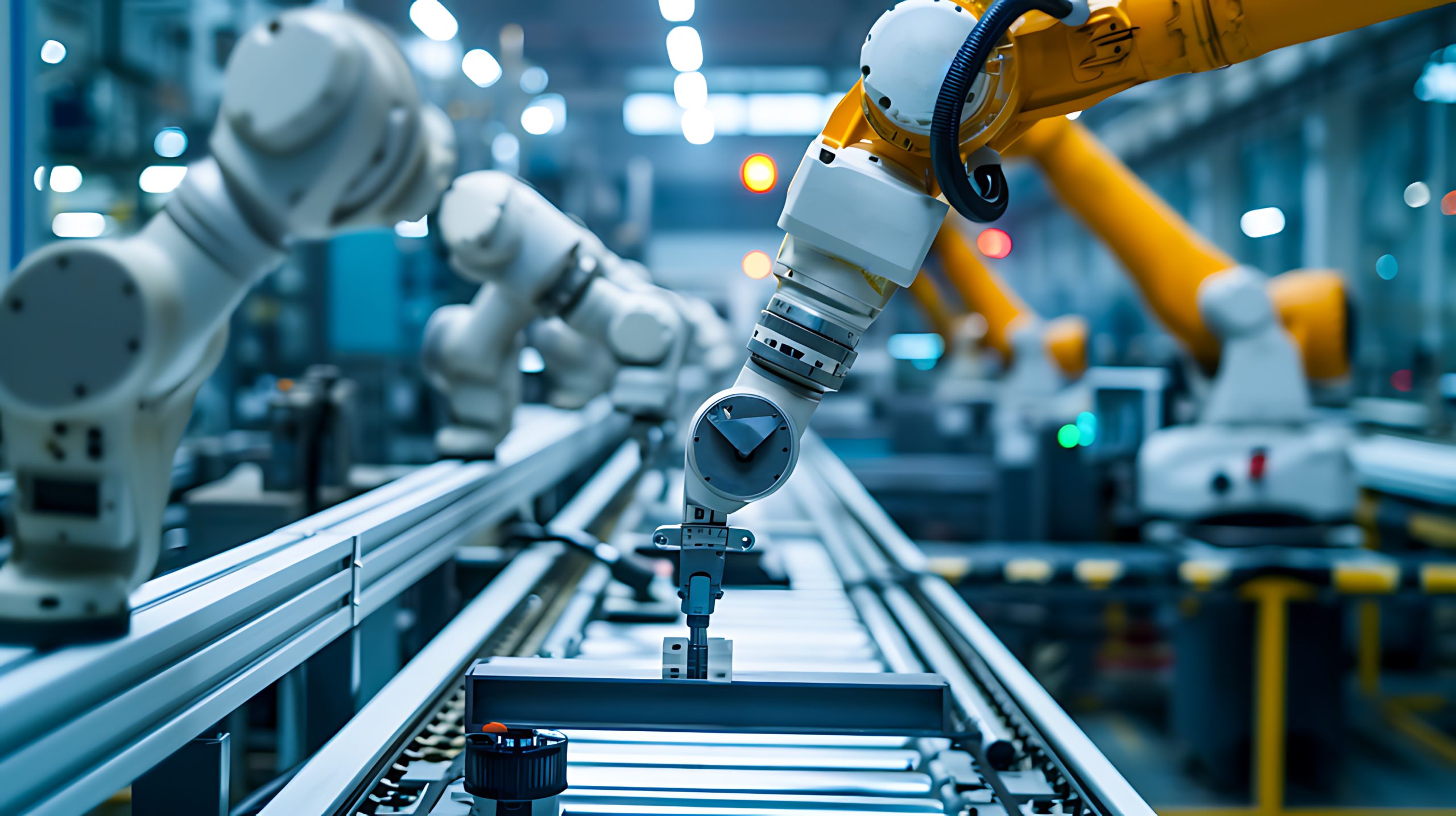Industrial Automation Solutions: A Complete Guide for Modern Manufacturing Efficiency
Industrial automation has transformed how industries operate, streamlining production, improving safety, and increasing efficiency. From smart sensors to robotics, automation solutions are now essential tools across manufacturing, logistics, oil & gas, food processing, and more.
In this comprehensive guide, we explore the core types of industrial automation, their benefits and limitations, emerging trends, and how to choose the right solution for your business.

Introduction: Why Industrial Automation Matters Today
Industrial automation refers to the use of control systems—like computers, robots, and information technologies—to handle industrial processes with minimal human intervention. This shift helps companies:
-
Reduce operational costs
-
Increase production rates
-
Minimize errors and downtime
-
Improve safety and compliance
-
Optimize resource use and energy efficiency
With rising global competition, labor shortages, and complex supply chains, automation isn’t just an option—it’s a necessity.
Key Benefits of Industrial Automation Solutions
1. Improved Productivity
Automation systems operate 24/7, enabling consistent output and shorter production cycles.
2. Reduced Operational Costs
By lowering labor costs and minimizing material waste, automation delivers measurable ROI.
3. Higher Quality and Precision
Machines reduce the variability in production, ensuring consistent quality and fewer defects.
4. Enhanced Worker Safety
Robots and automation systems handle hazardous tasks, reducing risk to human workers.
5. Scalability
Automated systems can be scaled quickly to meet rising demand without massive workforce increases.
Limitations to Consider
-
High Initial Investment: Equipment, software, and integration costs can be significant.
-
Technical Skill Gaps: Employees must be trained to manage and maintain systems.
-
Integration Challenges: Legacy systems may not integrate smoothly with new technologies.
-
Cybersecurity Risks: Cloud-connected automation systems require strong cybersecurity.
Types of Industrial Automation Systems
| Automation Type | Description | Common Applications |
|---|---|---|
| Fixed Automation | Pre-set operations, high volume, low flexibility | Automotive assembly lines |
| Programmable Automation | Reprogrammable for different tasks | Batch manufacturing, machine tools |
| Flexible Automation | Quick adaptability to new tasks | Consumer goods, electronics |
| Industrial Robotics | Robotic arms for precision and speed | Welding, painting, pick-and-place operations |
| Process Automation | Controls continuous production systems | Oil refining, water treatment |
| Machine Vision Systems | Cameras and AI for inspection and guidance | Quality control, product tracking |
Latest Trends in Industrial Automation (2025)
1. Artificial Intelligence (AI) & Machine Learning
AI enables predictive maintenance, process optimization, and anomaly detection in real time.
2. Industrial Internet of Things (IIoT)
Connected sensors provide real-time monitoring and data analytics across machines.
3. Edge Computing
Processes data locally to reduce latency and support time-sensitive operations.
4. Cobots (Collaborative Robots)
Designed to work safely alongside humans, especially in small to medium enterprises (SMEs).
5. Digital Twins
Simulations of physical assets allow remote diagnostics, optimization, and design testing.
6. 5G Connectivity
Enables faster data transfer and low-latency control across distributed systems.
Key Features to Look for in an Automation Solution
-
Real-time Monitoring & Control
-
System Interoperability (PLC, SCADA, MES)
-
Cloud or Hybrid Architecture
-
Security & Compliance Features
-
User-Friendly Interface
-
Remote Access Capabilities
-
Customizable Workflows
Top Industrial Automation Companies
| Company | Solutions Offered | Official Website |
|---|---|---|
| Siemens | PLCs, SCADA, digital twin platforms | siemens.com |
| ABB | Robotics, process automation, electrification | new.abb.com |
| Rockwell Automation | Factory automation, control systems | rockwellautomation.com |
| Honeywell | Process control, industrial software | honeywell.com |
| Schneider Electric | Smart factories, energy-efficient systems | se.com |
| Mitsubishi Electric | CNC, robotics, drive systems | mitsubishielectric.com |
How to Choose the Right Industrial Automation Solution
Checklist for Decision-Making:
-
✅ What is your core process that needs improvement?
-
✅ What’s your expected ROI and budget?
-
✅ Is the system compatible with your existing tech stack?
-
✅ Do you have trained staff or need third-party support?
-
✅ Is scalability a factor for future expansion?
Tips:
-
Start with a pilot project to evaluate system impact.
-
Consult with vendors who offer post-installation support and training.
-
Involve all departments (IT, operations, finance) in the decision process.
Best Use and Maintenance Practices
-
Perform routine maintenance and keep firmware updated.
-
Use predictive maintenance tools for critical machinery.
-
Regularly train employees on new technologies and safety protocols.
-
Monitor system performance KPIs like downtime, throughput, and energy use.
-
Back up configuration data and ensure cybersecurity protocols are in place.
FAQs About Industrial Automation
Q1: What industries benefit most from industrial automation?
Manufacturing, food processing, oil & gas, electronics, logistics, and pharmaceuticals are top adopters.
Q2: Is automation viable for small and medium businesses (SMBs)?
Yes. With falling costs and modular systems, SMBs can automate key processes affordably.
Q3: What is the ROI timeline for industrial automation?
Typically 1–3 years depending on the scale and industry.
Q4: How does automation affect workforce requirements?
It shifts the need from manual labor to skilled technical roles in programming, analysis, and maintenance.
Q5: Are cloud-based automation systems secure?
Yes—when equipped with strong encryption, firewalls, and regular audits. Choose vendors that follow industry security standards.
Conclusion: Transforming Industry, One Process at a Time
Industrial automation solutions are no longer a futuristic option—they are a practical, scalable way to improve efficiency, quality, and competitiveness. Whether you’re running a small plant or a global operation, the right mix of technologies—from robotics to AI—can future-proof your business.
Start small, plan strategically, and let data-driven automation guide your next leap in productivity.